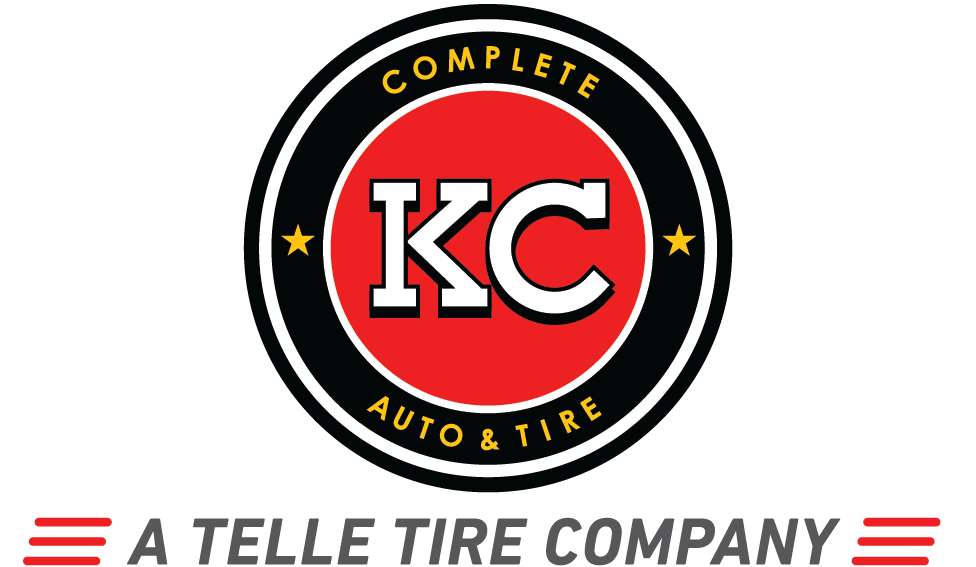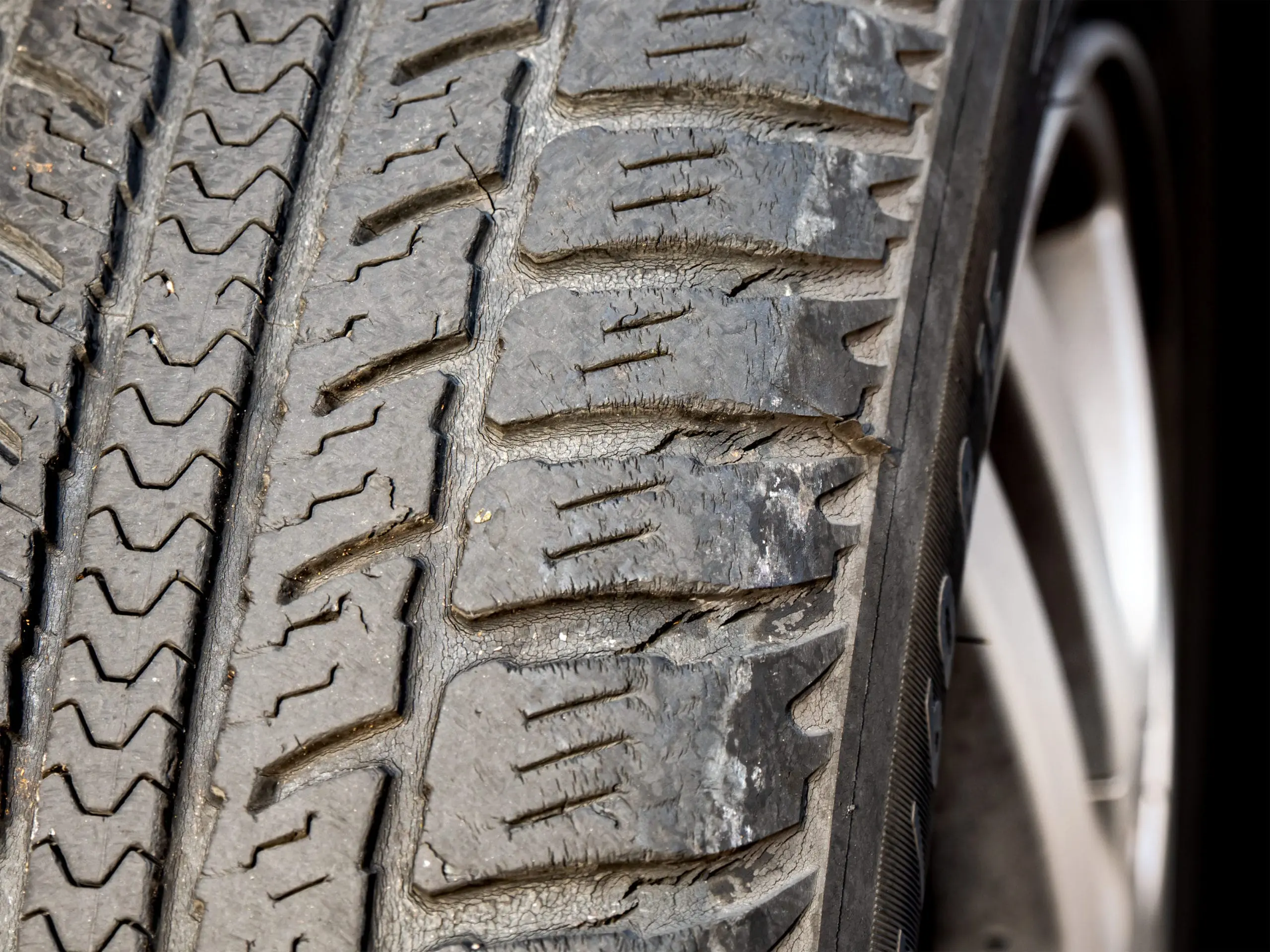Tire Dry Rot: Causes, Signs, and Prevention
Tire dry rot is a common safety hazard to many automobile users because the importance of proper tire inspection is often overlooked.
According to NHTSA, tire failures result in an average of 11,000 accidents annually because people downplay the potential risks of faulty vehicle tires. The sidewall cracks lead to air leakage, making it hard to inflate the tire properly, rendering it useless. Also, this rot can cause abnormal rubber expansion, which can burst the tire into hazardous pieces when in motion.
Unexpected tire problems can be expensive, even if the accidents are not fatal. Tire dry rot allows for air leakages, rendering tires useless because they cannot be properly inflated. The safety of not only other drivers but also your family is of the utmost importance to us. For this reason, we’ll cover the causes, signs, and prevention of tire dry rot so you can stay safe on the road.
What causes dry rot tires?
Tire dry rot, also known as sidewall weathering, is a term used to describe the damage that occurs to the exterior of a tire leading to cracks along the tread and sidewall. Dry rot is common in tires exposed to extreme weather conditions, heat or harmful chemical substances. For example, overexposure to heat or sunshine may cause tires to be brittle, damaging the internal layers and leading to rot on the surface.
In a nutshell, tires develop dry rot from:
- Exposure to excess sunlight
- Abrasive or corrosive chemicals
- Extremely low or high temperatures
- Low tire pressure for frequently used tires
- Normal wear and tear
- Staying for long without being your vehicle
How can you tell if a tire has dry rot?
It is relatively easy to identify dry rot in tires due to the apparent differences between a standard, new tire and a dry-rotted tire. Here are some of the most common signs of dry rot to watch out for in your tires:
- Decolorization as the black color fades
- Brittleness and rigidity
- Large cracks on the sidewalls exposing steel cords and other inner components
- Cracks on the tread
5 Easy Ways to Prevent Dry Rot Tires
Preventing tire dry rot should be an everyday task for all car owners. Frequent inspections before using your car are the key to safeguarding from dry rot. You can also prevent dry rot by purchasing high-quality tires that withstand extreme conditions for more extended periods.
To prevent dry rot and prolong the life of your tires:
- Avoid the use of abrasive or corrosive chemicals that destroy rubber
- Avoid exposing your tires to excess heat
- Ensure your tires have enough pressure
- Avoid leading your vehicle parked in the same position for a long time.
- Ensure you regularly drive to avoid the tire sitting idle in the same place for long periods
Is it safe to drive on dry rotting tires?
It is not safe to drive a dry rotting tire. If you are keen and conduct regular inspections, you’ll be able to identify a tire that’s beginning to rot early. Any cracks on the tire must be repaired, or the tire must be replaced.
Since sidewall cracking prevents tires from maintaining pressure, it can be almost impossible to drive on dry, rotting tires. In addition, using dry rotting tires will deepen the cracks in the cord, and the friction from spinning will expand the rubber. If you must drive a car with dry rotting tires, it should be on your way to the mechanic to fix the problem.
If you suspect your tires are developing dry rot, act fast and repair the situation. You can seek expert advice to ascertain the existence of tire dry rot and advise you on what to do.
Conclusion
At Telle Tire, our team is dedicated to helping you take care of your vehicle tires through accurate and dependable expert advice. Book service today, or ask us for tips on fixing your damaged tires.


